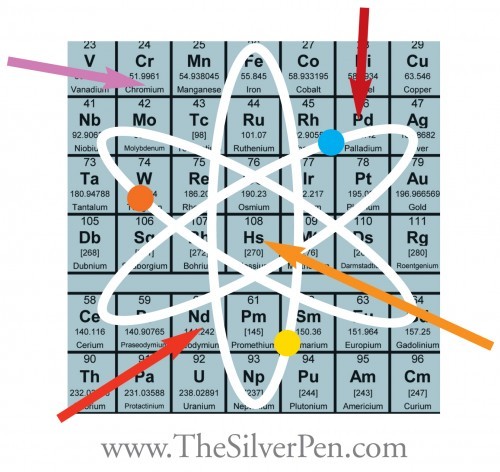How many times a week do we see sensational headlines? For example, “Women who eat lots of fiber have less breast cancer,” or “Coffee habit may protect against breast cancer” or “Hormone-blocking drug reduces breast cancer risk.”
Frequently, these types of articles are eye catching and emotionally charged (for me at least!), but how do we know if they are valid or not?
There are seemingly millions of health articles that address the gazillions of health issues in our society. Many overstate the conclusion, miss the chance to explain the limits of studies and fuel confusion and frustration about conflicting scientific findings. There are also many times that a news report comes out of a meeting rather than an actual study. This can lead to a distortion. In other words, you can get a sexy headline without corroborating data. In all fairness to reporters, there are deadlines, editors, and corporate financial pressures with which to contend…all of which makes their job incredibly challenging.
Therefore, it’s really important to learn to read health news with a discerning eye. One of the (many wonderful!) things that I learned last week at the Project LEAD® Institute was how to read scientific articles, especially in the mainstream media, in this way.
Let’s start with:
- Accuracy. Facts need to be correct. Plain and simple.
- Balance. Make sure that the content is in the context of other information that is available and that outside commentary is included.
- Completeness. Reports need to include the the things that matter, e.g., side effects, risks, benefits and harms of tests and treatments, etc. Also, look for qualifiers, especially by the researchers themselves. For example, “a lot of work needs to be done to prove whether this can be effective for more patients.”
If you’re still perplexed when you read a scientific article, know that you’re normal! It would be like me going into an accountants office and trying to read a spreadsheet. HA! Fat chance of any accurate information coming from that experience!
The Silver Lining is that there are several resources to help you discern science articles.
- HealthNewsReview.org reviews news stories that make a therapeutic claim about specific treatments, tests, products or procedures. They A multi-disciplinary team of reviewers from journalism, medicine, health services research and public health assesses the quality of the stories using a standardized rating system. Stories are graded and critiques are published on this website. Two or three different reviewers evaluate each story.
- They even offer a Toolkit of resources to help journalists and consumers do a better job of evaluating claims about health care interventions:
- Book: Know Your Chances: Understanding Health Stastics. Woloshin, Schwartz, Welch. 2008.
- National Breast Cancer Coalition has a special section of “Daily Headlines” that have already been vetted for accuracy, balance and completeness.




Wow this is really useful, thank you Hollye!
So glad you like it, dear Frances!